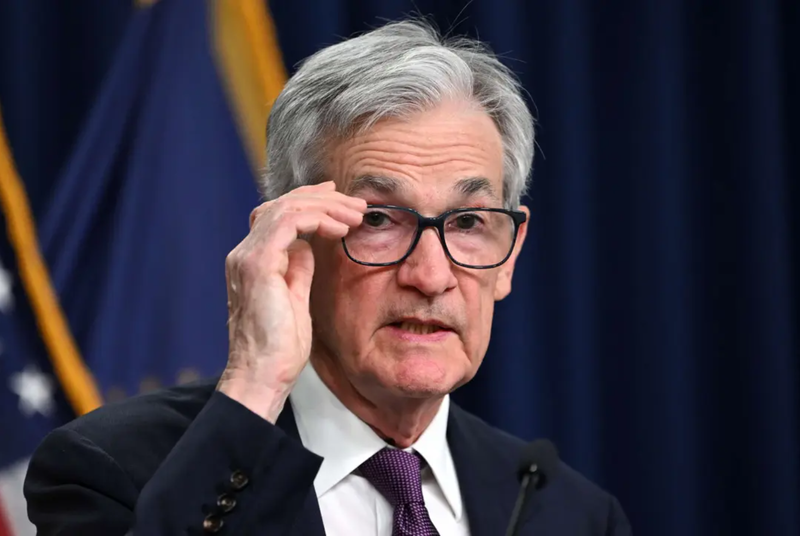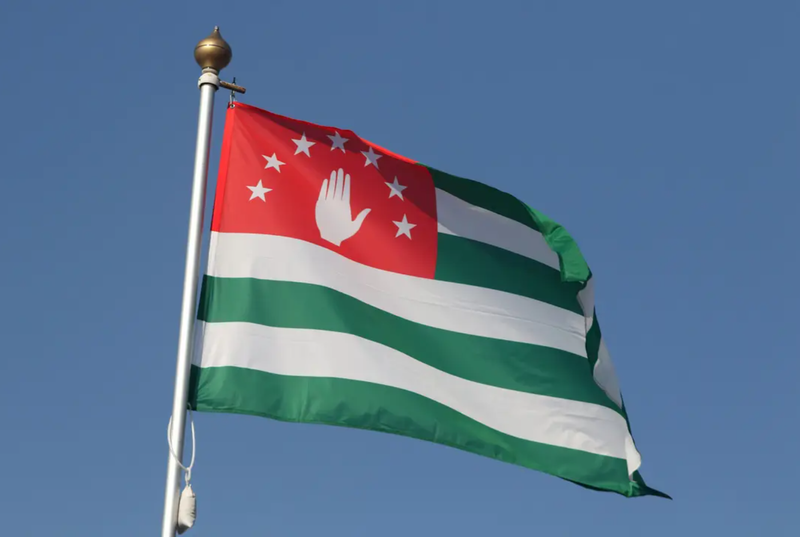India: Election Begins as 62% Vote in First of Seven Phases
The first phase of voting for India's general election was held for 102 parliamentary seats on Friday, with around 62% turnout recorded across 21 states and Union Territories....
Facts
- The first phase of voting for India's general election was held for 102 parliamentary seats on Friday, with around 62% turnout recorded across 21 states and Union Territories.1
- Nearly a billion eligible voters are set to elect 543 members to the Lok Sabha (the lower house of the Indian parliament), with polling taking place in seven phases from April 19 to June 1. The results will be declared on June 4.2
- Central government ministers Nitin Gadkari and Bhupendra Yadav, alongside opposition leaders Gaurav Gogoi and Kanimozhi, were among those whose fates were sealed Friday.3
- The BJP is widely expected to win, given Prime Minister Narendra Modi's unprecedented popularity. According to a 2023 Pew study, Modi is seen favorably among 80% of Indian adults.4
- The next phase of voting is on April 26 and involves 89 parliamentary seats across 13 Indian states.5
Sources: 1The Indian Express, 2BBC News, 3NDTV.com, 4CNN and 5Al Jazeera.
Narratives
- Right narrative, as provided by Archive. The Indian general election's extended duration is necessitated by logistical and security reasons to ensure a smooth and secure voting process — not to benefit Modi or his campaign. Despite opposition concerns about costs and advantages to the incumbent, the general election remains a fundamental aspect of India's democracy.
- Left narrative, as provided by Los Angeles Times. Modi's inauguration of a new Hindu temple at Ayodhya illustrated his efforts for re-election. His anti-Muslim history has shaped his political path. The temple consecration underlined India's shift towards Hindu supremacy, challenging its secular fabric. Modi's actions often blur the line between state and religion. The future of India's democracy is at stake.







